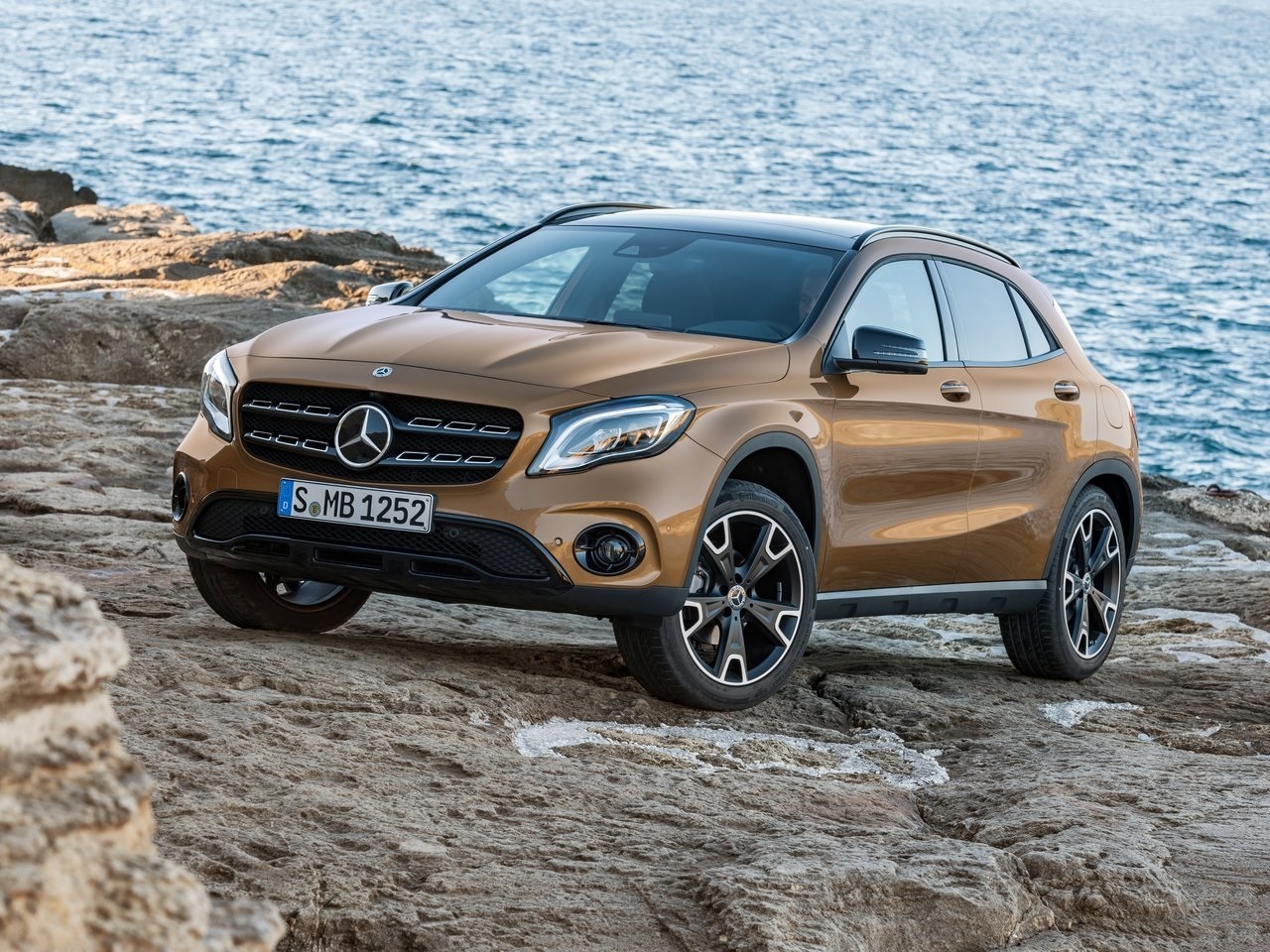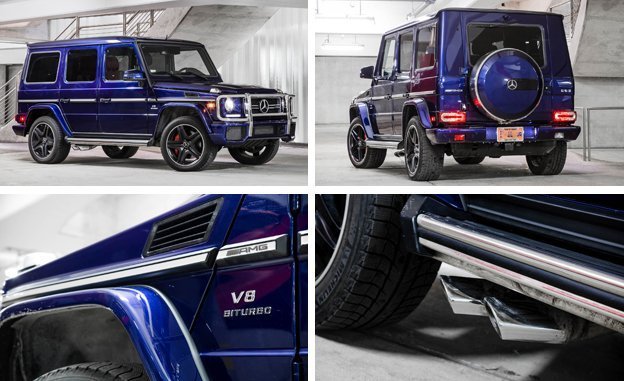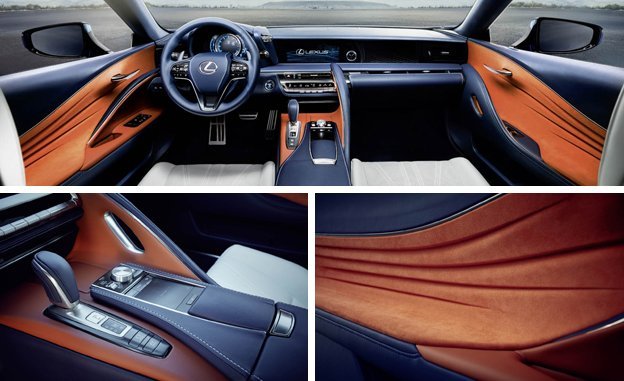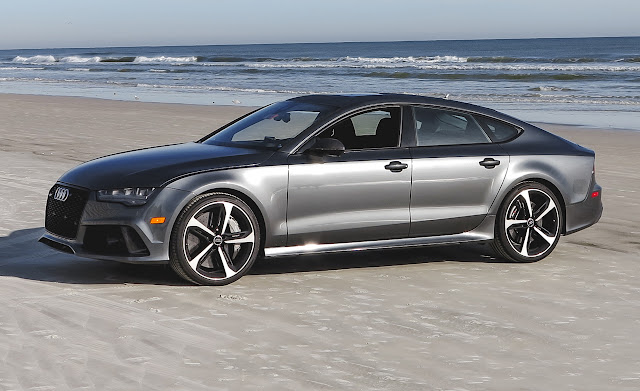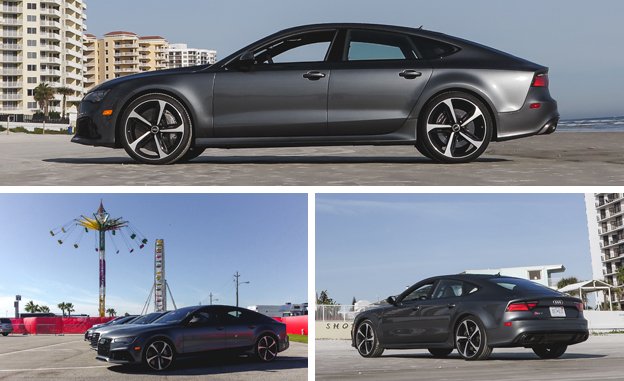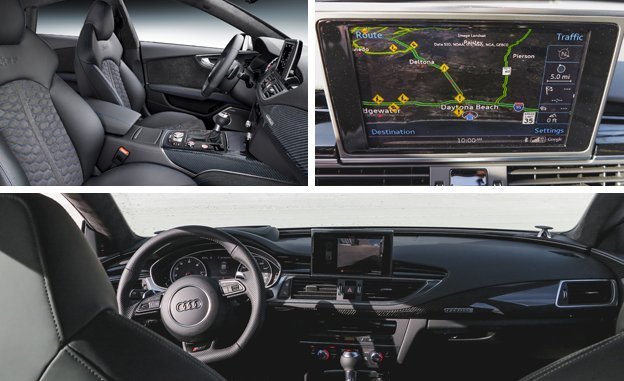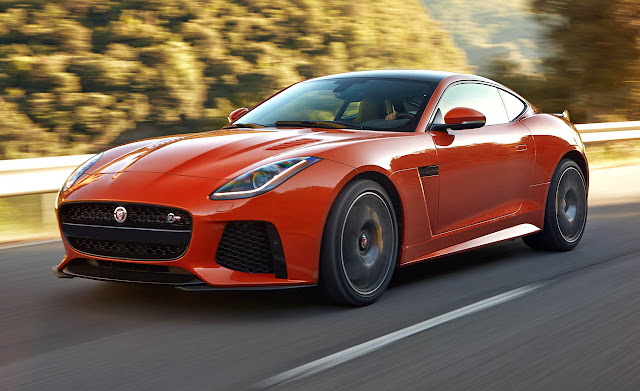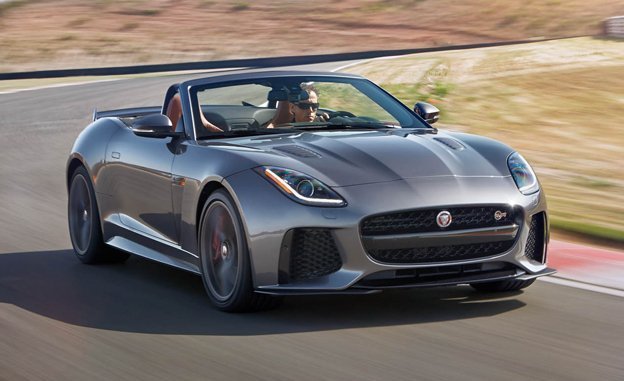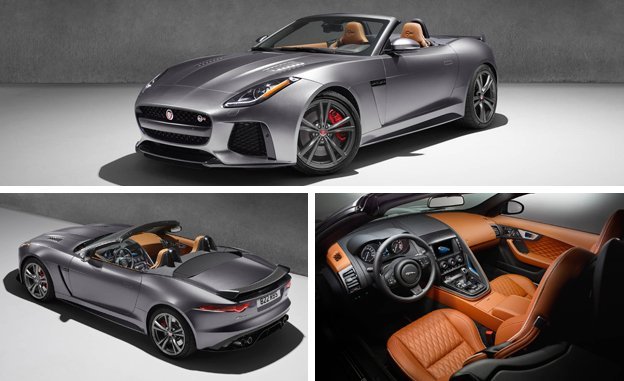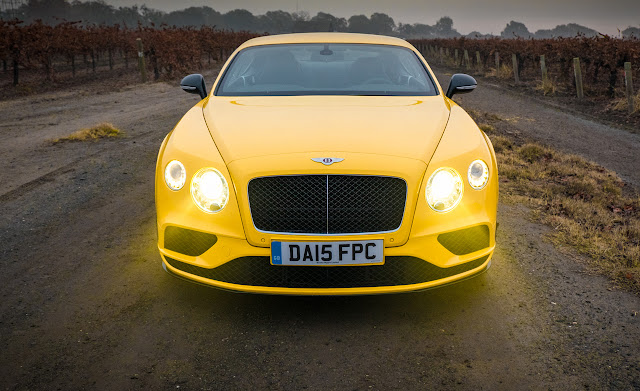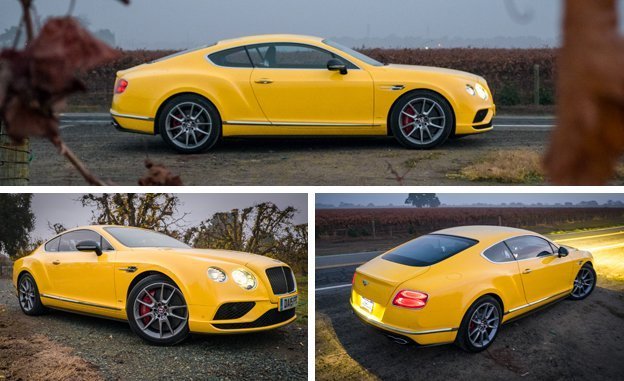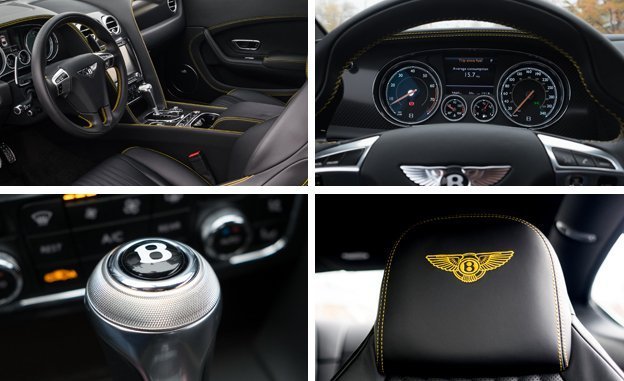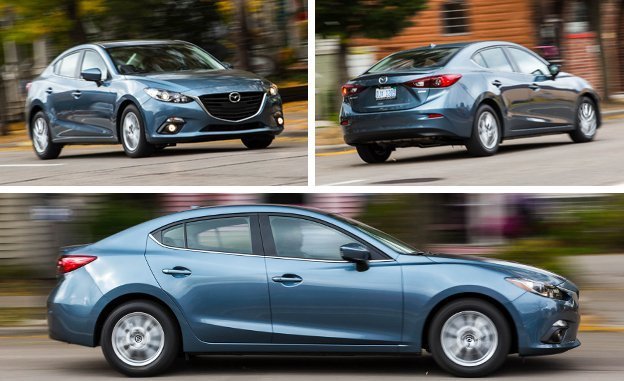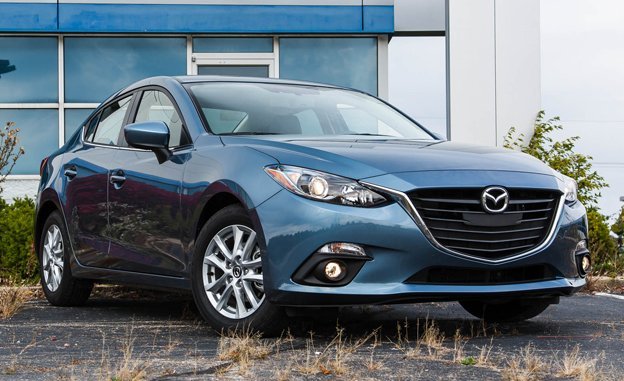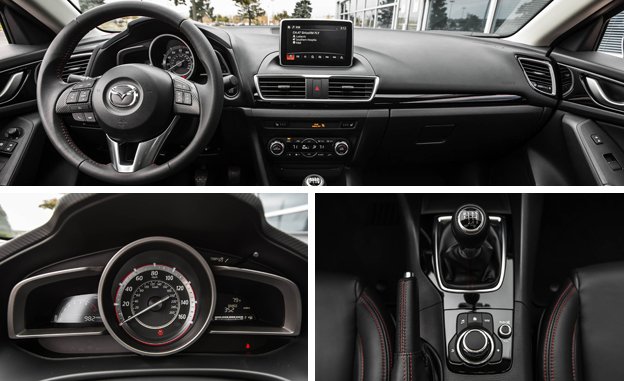Mercedes-Benz knows its customers perhaps better than any other manufacturer, a point best observed from the old-school helm of its burly Geländewagen SUV. When a cadre of highly affluent buyers—about 3600 in the U.S. last year—clamor for a mildly modernized 1970s-era military rig with which to pound the suburban pavement, the German luxury brand obliges. And so the 2016 G-class receives yet another update to further extend its iconoclastic relevance into the 21st century, with the now mid-grade Mercedes-AMG G63 remaining our favorite of the bunch.
Goldilocks on Dubs
Lording over the plebian G550 4MATIC and its new-for-2016 4.0-liter twin-turbo V-8—yet bowing to the similarly freshened 2016 Mercedes-AMG G65 and its 621-hp twin-turbocharged V-12—the G63 hits the sweet spot in the lineup. The G63 packs the full IMAX experience that is a large, glitzy box on wheels with the bellowing roar of an AMG V-8 coming from its four chrome side pipes. That V-8 is the same hand-built, twin-turbocharged 5.5-liter found in many other high-powered AMG vehicles, but some tuning changes let it produce 27 more horsepower than last year for a total of 563, along with 561 lb-ft of torque from just 1750 rpm.
That boost made our 5961-pound G63 test vehicle the fleetest G-wagen we’ve ever recorded, stomping to 60 mph in an implausible 4.8 seconds and covering the quarter-mile in 13.3 seconds at 117 mph. Mercedes allows the fun to continue up to a governed top speed of 130 mph, at which point the atmosphere is locked in a cage match with the G63’s blocky profile.
Fitted with chunky Yokohama Advan S.T. tires on 20-inch wheels, our G63 also stopped from 70 mph in an impressive 163 feet. However, the big tires—and a hyperactive, undefeatable stability-control system—can’t help much with lateral grip around the skidpad, which amounted to only 0.63 g. Still, given the truck’s narrow track, slow and disconnected steering, and ultrahigh center of gravity, it’s a miracle the G63 doesn’t fall onto its door handles around corners. Fuel economy is as bad as you’d expect, with our test vehicle swilling a gallon of premium every 13 miles.
Righteously Out of Place
But it’s the G’s swagger on the street that matters most here. From the thundering exhaust to the rifle-bolt door locks to the vault-like kachunk when shutting the doors, the G63 is an aural delight. Put the seven-speed AMG automatic into Sport mode, tickle the throttle, and let every Prius driver know the well-heeled antichrist has arrived.
Despite the initially odd driving position with limited fore/aft seat travel and the upright windshield in your face—a design characteristic we found to be highly vulnerable to ice and spray buildup in winter weather—it’s easy to get comfortable in the G63. The plush leather seats are comfy and supportive, as well as heated and ventilated. And there’s the full gamut of Benz’s latest amenities, including auto stop-start capability for the engine, a new instrument cluster and driver-information display, a central COMAND interface, and several driver aides, such as blind-spot monitoring, parking assistance, and adaptive cruise control.
Not that many G63 drivers will explore the full extent of its abilities, but there are still three locking differentials for off-roading, a low-range transfer case, and minimal overhangs for steep inclines and declines. This is a vehicle that was initially designed more than three decades ago, with live axles at both ends and the interior packaging of a shipping container. Despite more than 120 cubic feet of interior space, the cabin is narrow, legroom is limited, and the rear seats are perched, stadium-style, high above the front row of occupants, greatly diminishing headroom for those in back.
You Know You Want To
As you’d expect, the Mercedes-AMG G63 is a properly expensive lifestyle purchase at more than $140,000 to start. Our test truck also tacked on AMG’s carbon-fiber interior trim ($2950), a rear-seat entertainment system with dual monitors ($2650), purple-ish Designo Mystic Blue Metallic paint ($2300), a heated steering wheel ($250), and all-weather floor mats ($200) for a total of $149,175. Buyers looking for maximum visibility can also opt for one of four special color-and-trim packages, including eye-searing Alien Green, for an additional $20,000.
Yet, considering the AMG touches and its outright performance, the G63’s premium over the $120,825 G550 seems like money well spent—and a real bargain versus the G65’s stratospheric $218,825 base price. Mercedes knows that over-the-top-and-tumbling-down-the-backside is just the right amount of crazy for some of the most ardent G-wagen fans, which justifies the existence of the G65. But for those simply looking for the ultimate G-class experience, look no further than the G63.








